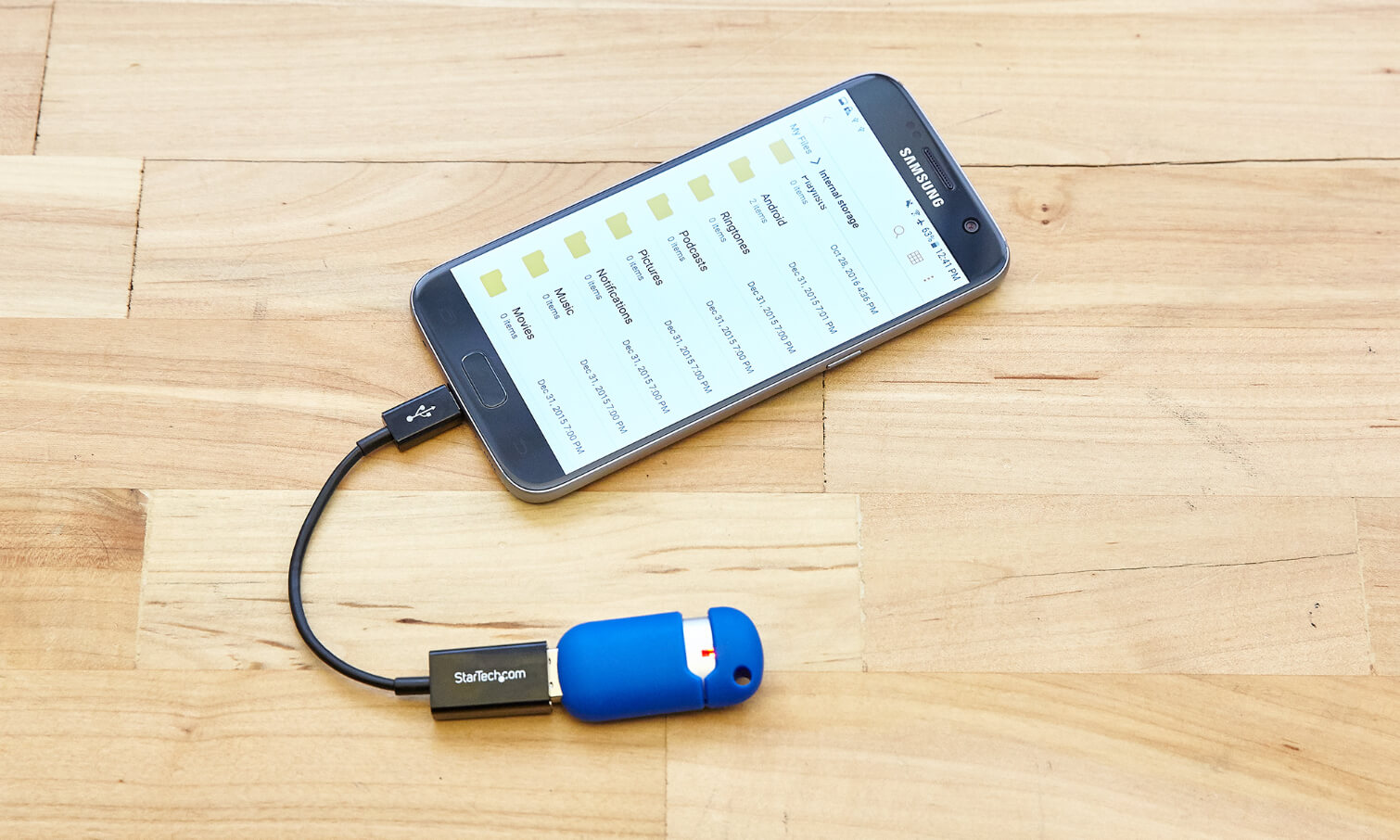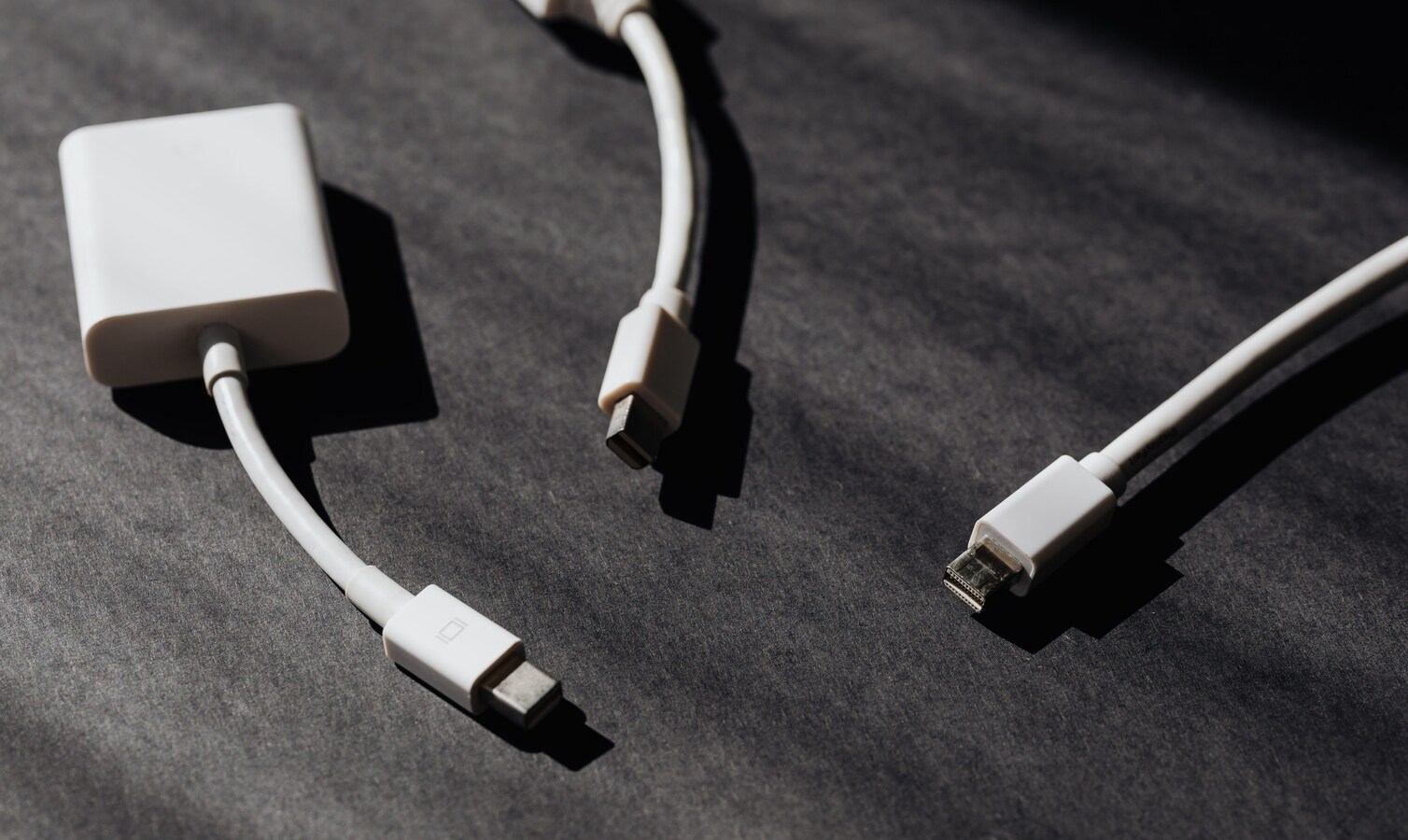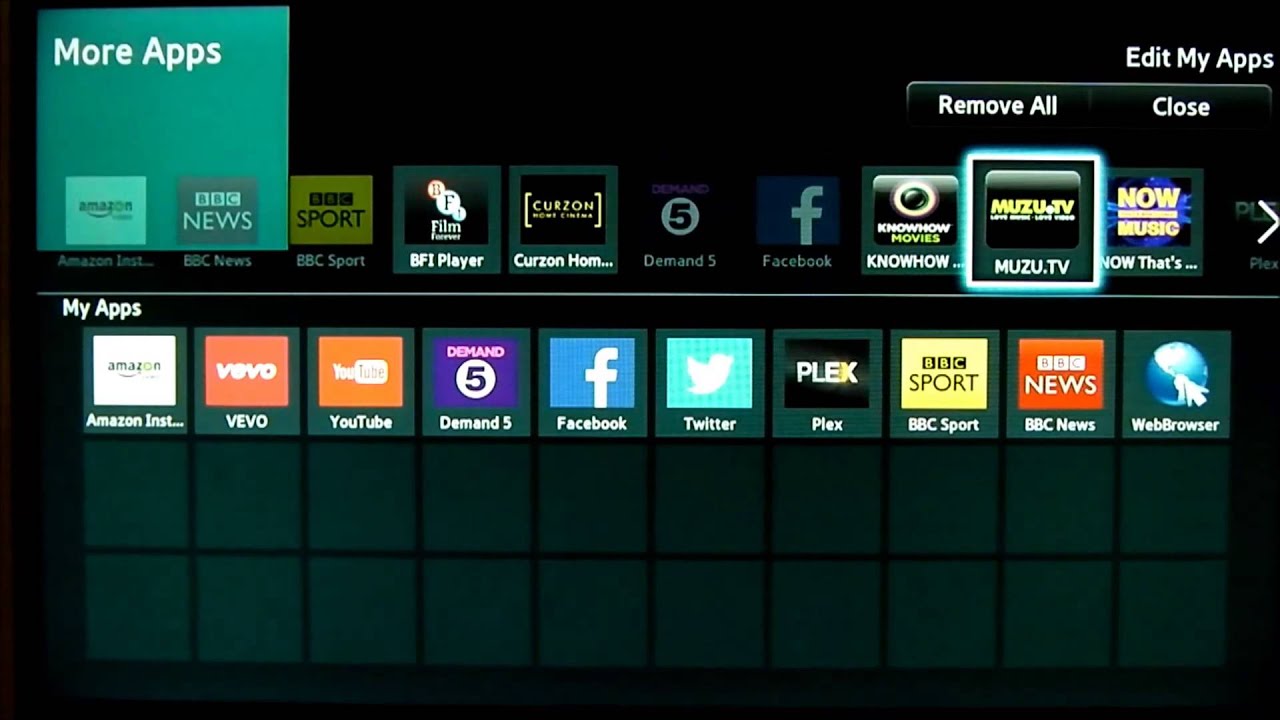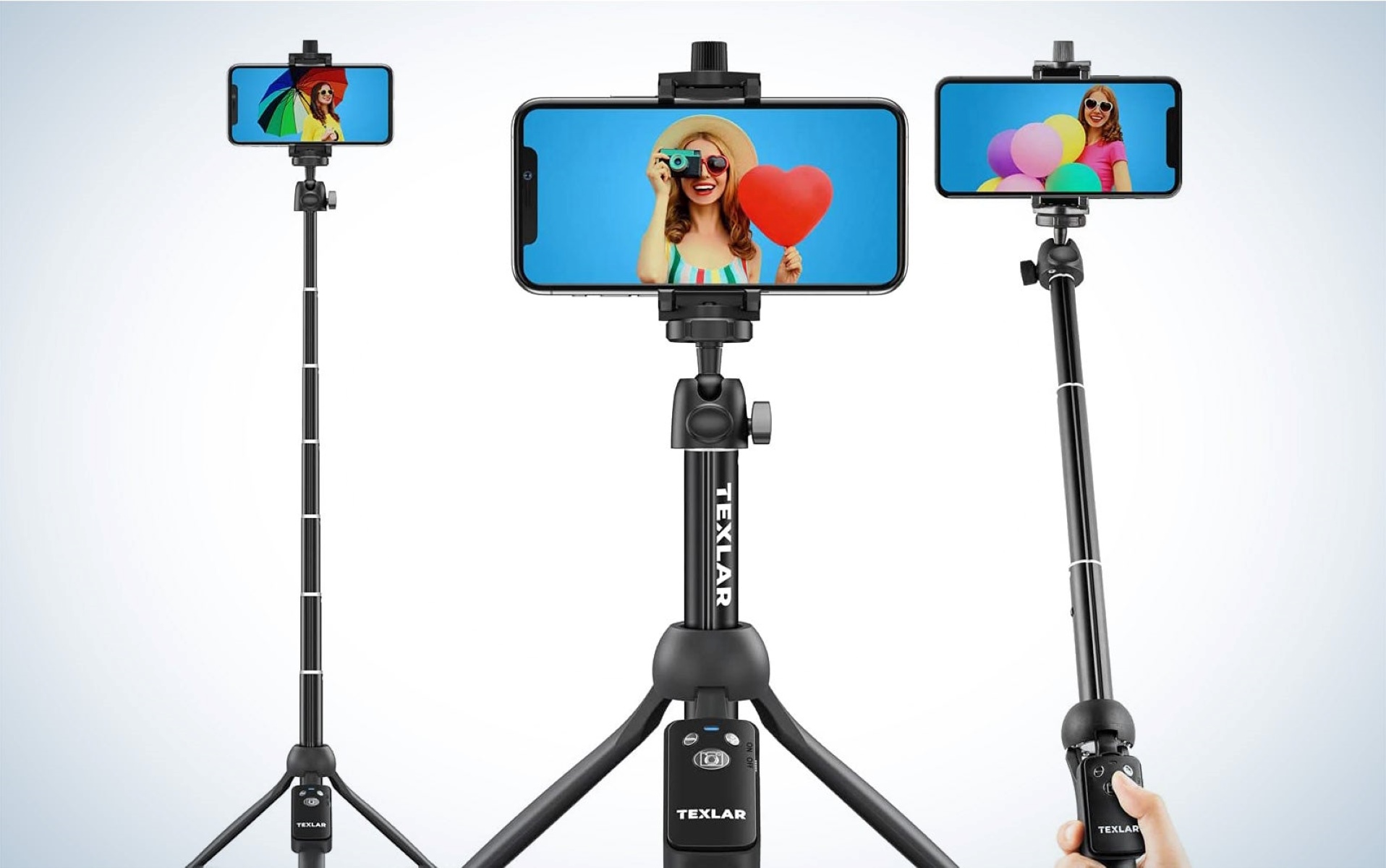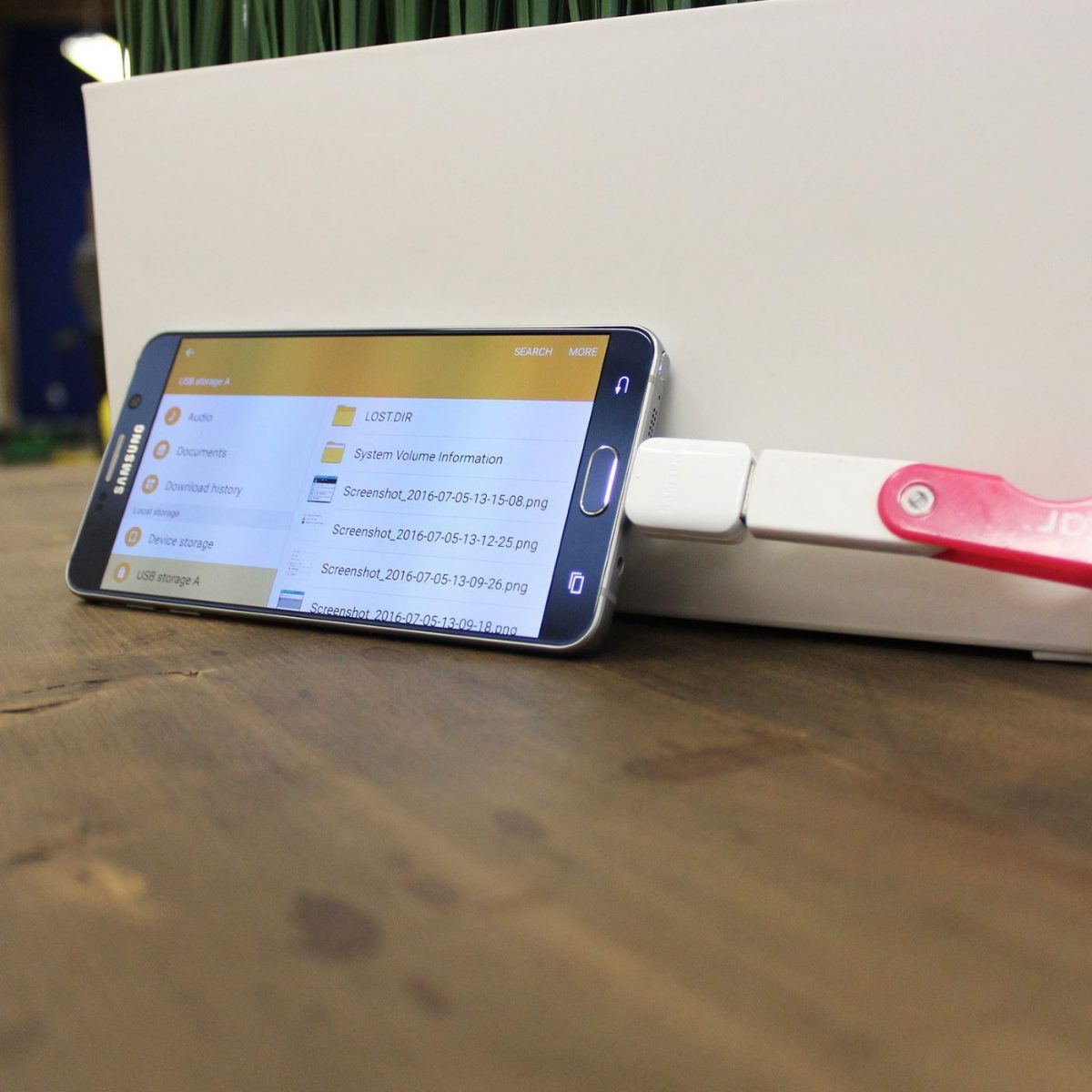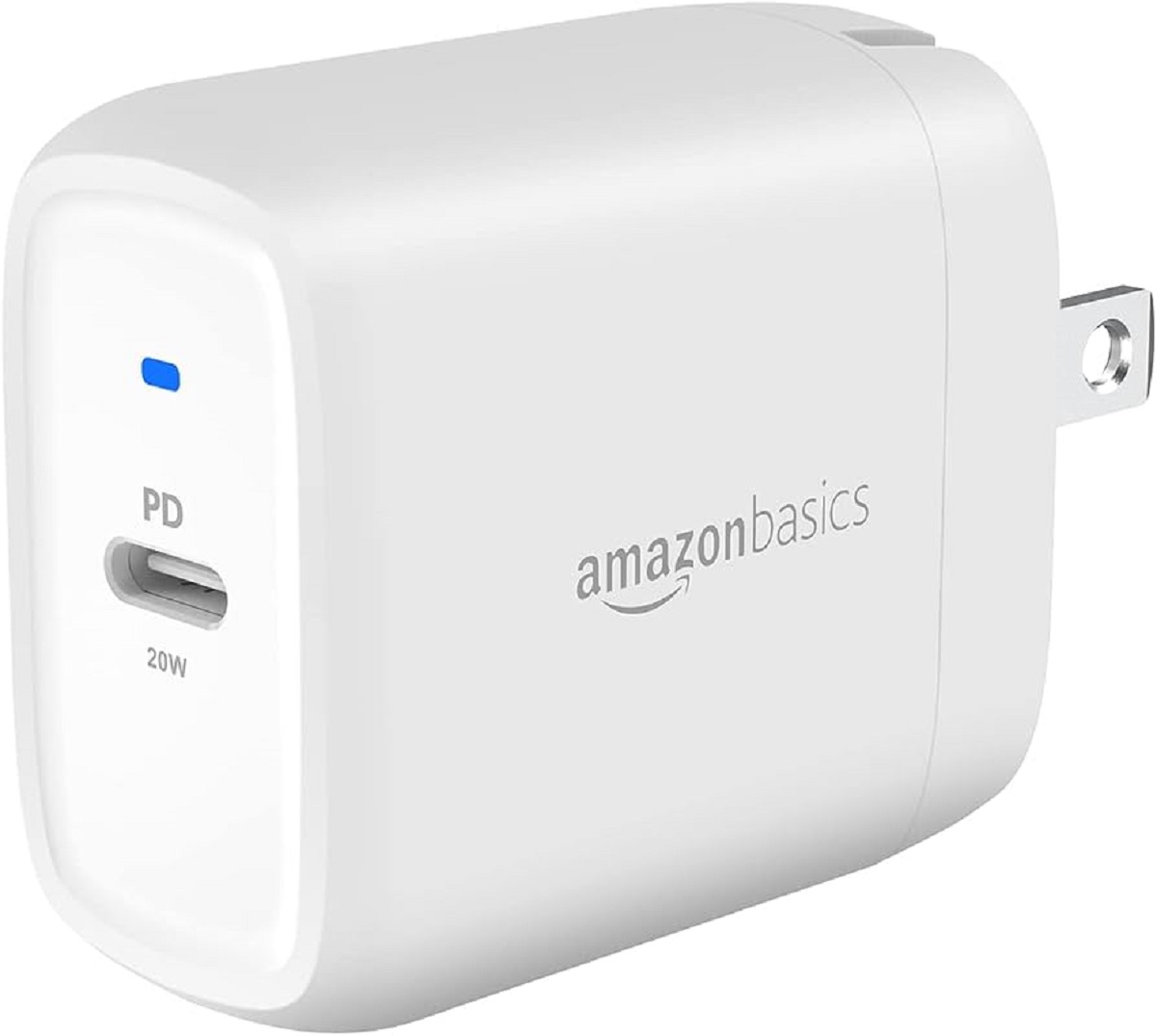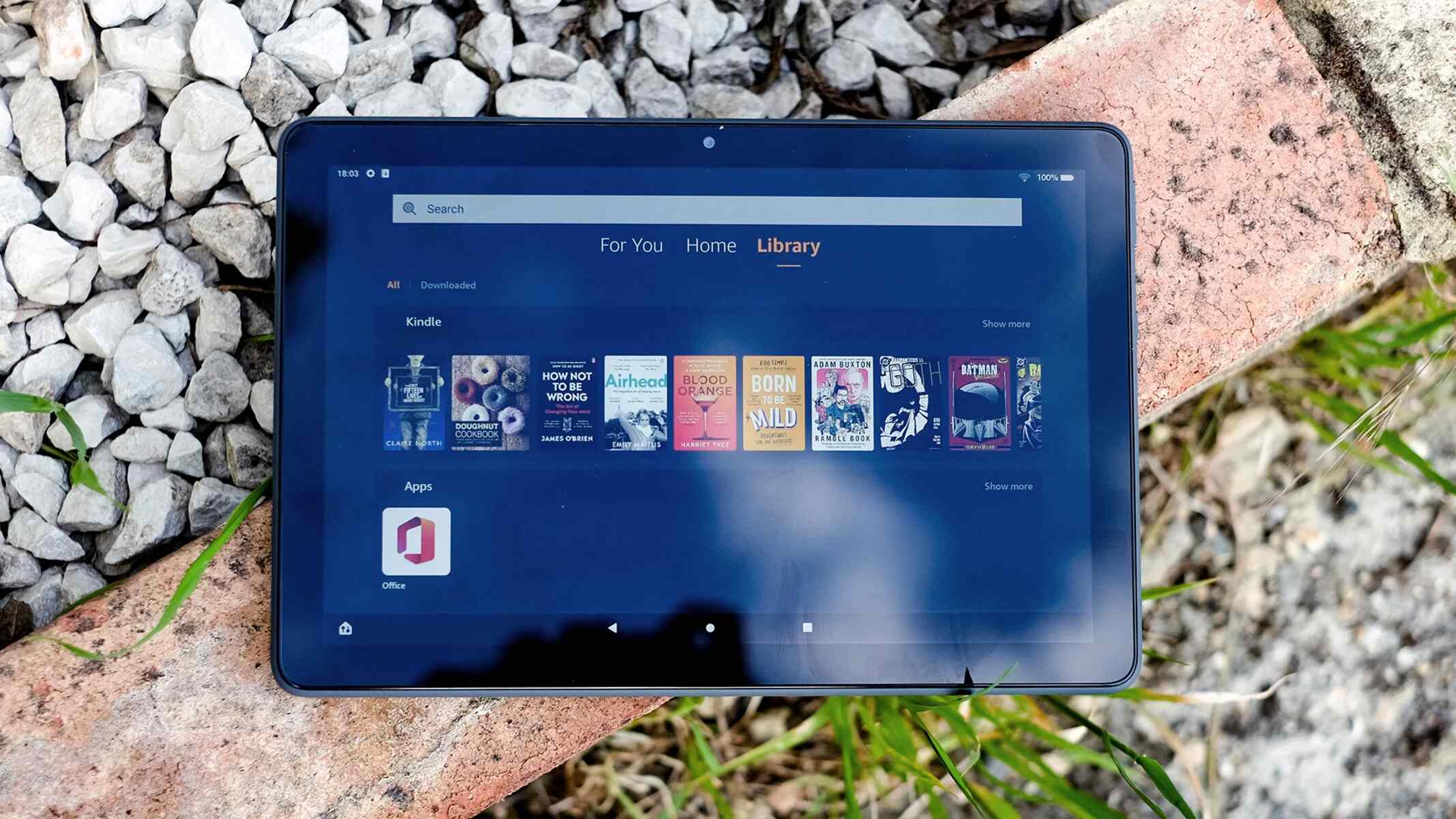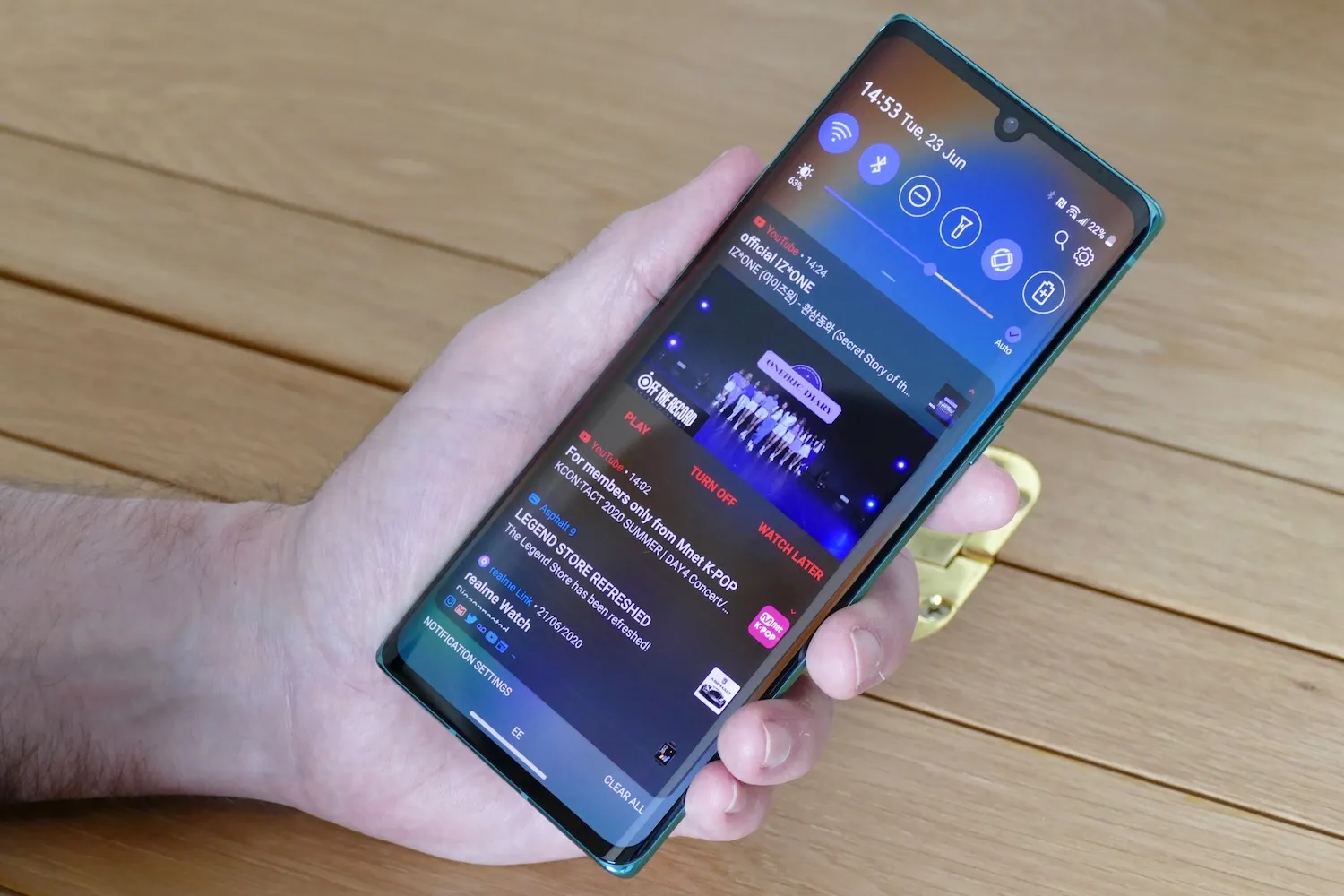Introduction
Welcome to this guide on how to connect a USB stick to your Samsung tablet. With the increasing need for quick and convenient data transfer, USB sticks have become an essential accessory for many individuals. While most tablets, including Samsung tablets, do not have a dedicated USB port, there are still ways to connect and access the files stored on a USB stick.
Whether you want to transfer files, watch movies, or listen to music directly from your USB stick on your Samsung tablet, this guide will walk you through the necessary steps to make it happen. Before we dive into the details, it’s important to understand the specific model of your Samsung tablet and its compatibility with external USB devices.
Each Samsung tablet model may have different support and compatibility for connecting USB sticks. Some tablets have a built-in USB-C or micro-USB port, while others may require an adapter. Understanding your specific tablet’s capabilities will help ensure a successful connection.
In this guide, we’ll start by helping you determine the compatibility of your Samsung tablet and providing guidance on choosing the right USB adapter if needed. Then, we’ll walk you through the steps to connect the USB stick to your tablet, access the files on it, and safely disconnect when you’re finished.
If you encounter any issues along the way, we’ve also included a troubleshooting section to help you resolve common problems. So, without further ado, let’s get started on connecting your USB stick to your Samsung tablet!
Understand Your Samsung Tablet
Before you begin the process of connecting a USB stick to your Samsung tablet, it’s important to familiarize yourself with the specific features and capabilities of your device. This will help you determine the best method for connecting the USB stick and accessing its contents.
First, identify the exact model of your Samsung tablet. This information can usually be found in the device’s settings or by checking the product manual. Knowing the model will allow you to research its specifications and determine its compatibility with external USB devices.
Next, check if your Samsung tablet has a built-in USB port. Some newer models may have a USB-C or micro-USB port that allows direct connection to a USB stick. In this case, all you may need is a USB OTG (On-The-Go) cable or adapter to connect your USB stick to the tablet.
If your Samsung tablet does not have a built-in USB port, you may need to purchase an adapter. There are several types of adapters available, such as USB-C to USB-A or micro-USB to USB-A adapters. These adapters will allow you to connect your USB stick to the tablet through the existing charging or data transfer port.
It’s worth noting that not all tablets support USB OTG functionality, which is required to connect external USB devices. In this case, you may need to explore alternative methods or consider using a different device for accessing the contents of your USB stick.
Furthermore, it’s essential to ensure that your tablet’s operating system is up to date. Manufacturers often release software updates that address compatibility issues and improve device performance. Check for any available updates by going to the settings menu on your tablet and selecting the “Software Update” option.
By understanding the specific model of your Samsung tablet, checking for a built-in USB port or the need for an adapter, and keeping your operating system up to date, you can proceed with confidence in connecting your USB stick to your tablet. In the next section, we will guide you through the process of choosing the right USB adapter if necessary.
Check Compatibility
Ensuring compatibility between your Samsung tablet and the USB stick you wish to connect is crucial for a successful connection and data transfer. Before proceeding, it’s essential to verify that your tablet supports USB OTG (On-The-Go) functionality, which allows for the connection of external USB devices.
To check if your Samsung tablet supports USB OTG, you can follow these steps:
- Refer to the tablet’s manual: The user manual that came with your tablet will usually include information about its compatibility with USB devices.
- Visit the manufacturer’s website: Samsung’s website often provides specifications and compatibility details for their tablet models. You can search for your tablet’s model number and review the product page for more information.
- Use an online compatibility tool: Various online resources provide compatibility checking tools specifically for USB OTG support. These tools allow you to enter your tablet model and verify if it supports connecting USB devices.
If your Samsung tablet is compatible with USB OTG, you can proceed with connecting a USB stick. However, if your tablet does not support USB OTG, you may need to consider alternative methods such as using cloud storage services or transferring the files to a compatible device.
It’s worth noting that even if your tablet supports USB OTG, there may be limitations on the size or file system compatibility of the USB stick. Some tablets have limitations on the maximum storage capacity or only support specific file systems such as FAT32 or exFAT. Check the tablet’s specifications or consult the manufacturer’s guidelines to ensure your USB stick falls within these limitations.
In addition to checking compatibility, it’s also a good idea to backup any important data on your USB stick before connecting it to your tablet. While data loss is rare, it’s better to be safe than sorry.
By taking the time to check the compatibility of your Samsung tablet with USB OTG and any potential limitations on USB stick size and file systems, you can avoid any unnecessary frustration or setbacks. With compatibility confirmed, you can now move on to choosing the right USB adapter, if required, as we’ll discuss in the next section.
Choose the Right USB Adapter
If your Samsung tablet does not have a built-in USB port, you will need to choose the right USB adapter to connect your USB stick. The type of adapter you need will depend on the specific model of your tablet and the type of USB port available.
Here are some common types of USB adapters that may be compatible with your Samsung tablet:
- USB-C to USB-A adapter: If your tablet has a USB-C port, you will need a USB-C to USB-A adapter. This adapter enables you to connect your USB stick to the tablet’s USB-C port, allowing for data transfer and access to the USB stick’s contents.
- Micro-USB to USB-A adapter: For tablets with a micro-USB port, you will require a micro-USB to USB-A adapter. This adapter is designed to connect your USB stick to the tablet’s micro-USB port, enabling you to transfer files and access the USB stick’s data.
- USB OTG cable: Another option is using a USB OTG (On-The-Go) cable. This cable has a USB-A female port on one end and a micro-USB or USB-C male connector on the other end. With this cable, you can directly connect your USB stick to your tablet by plugging it into the tablet’s charging or data port.
When choosing the right USB adapter, it’s important to ensure that it is compatible with your tablet’s model and supports USB OTG functionality if required. To simplify the selection process, you can check the tablet’s manual, visit the manufacturer’s website, or consult with a reputable retailer to determine the appropriate adapter for your specific tablet model.
It’s worth noting that the quality and reliability of the adapter can play a significant role in the success of the USB stick connection. Purchasing a reputable brand or recommended adapter can help ensure stable and secure data transfer between your USB stick and Samsung tablet.
Once you have obtained the right USB adapter, you are now ready to connect your USB stick to your Samsung tablet. In the following section, we will guide you through the step-by-step process of connecting the USB stick, accessing its files, and safely disconnecting it when necessary.
Connecting the USB Stick
With your Samsung tablet and the appropriate USB adapter ready, you can now proceed to connect the USB stick to your tablet. The steps may vary slightly depending on the specific tablet model and adapter being used, but the general process is as follows:
- Insert the USB stick into the USB adapter: If you are using a USB-C or micro-USB to USB-A adapter, insert the USB stick into the USB-A female port on the adapter. Make sure it is securely attached.
- Connect the USB adapter to your tablet: Plug the USB adapter into the charging or data port on your tablet. Ensure a secure connection to prevent any accidental disconnection during data transfer.
- Wait for the tablet to recognize the USB stick: Once the USB stick is connected, your tablet should detect it automatically. You may receive a notification or see the USB storage icon appear in the notification bar.
- Open the file manager or file explorer app: Tap on the file manager or file explorer app on your tablet to access the files stored on the USB stick. If you don’t have a file manager app installed, you can download one from the Google Play Store.
- Navigate to the USB storage: Within the file manager app, navigate to the USB storage or external storage section. You should see the USB stick listed as a device or removable storage option.
- Access and manage files on the USB stick: Once you have accessed the USB storage, you can view, copy, move, or delete files as needed. You can also open files directly from the USB stick using compatible apps on your tablet.
It’s important to note that during the connection process, you should avoid forcefully unplugging the USB adapter or removing the USB stick from the adapter. Improper removal can lead to data corruption or damage to the USB stick.
When you’re finished using the USB stick, it’s essential to disconnect it safely from your Samsung tablet. This will help prevent potential data loss or damage. In the next section, we will cover the steps to safely disconnect the USB stick from your tablet.
Accessing USB Stick Files
Now that your USB stick is connected to your Samsung tablet, you can easily access and manage the files stored on it. Here’s a step-by-step guide on how to access the USB stick files:
- Open the file manager app: Launch the file manager or file explorer app on your Samsung tablet. If you don’t have one installed, you can download a file manager app from the Google Play Store.
- Navigate to the USB storage: Within the file manager app, locate the USB storage or external storage section. Usually, you will find it listed under the device’s name or as removable storage.
- Select the USB stick: Tap on the USB stick’s name to access its contents. The file manager will display the files and folders stored on the USB stick.
- Browse and manage files: Now, you can browse through the files and folders on your USB stick, just like you would on your tablet’s internal storage. You can open files, copy or move them to your tablet’s storage, and delete unwanted files.
- Use compatible apps to open files: Depending on the file types, you may need to use specific apps on your tablet to open them. For example, use a media player app to play videos or music files directly from the USB stick.
- Edit and save files: If you want to edit documents or other file types, make changes using compatible apps on your tablet and save the modified files either on the USB stick or your tablet’s internal storage.
Remember to be cautious while managing files on the USB stick. Accidental deletions or modifications can result in irreversible data loss. If you’re uncertain about making changes to any files, it’s a good practice to create a backup of important files before making any edits.
Once you have finished accessing the files on the USB stick, you can safely disconnect it from your tablet. In the following section, we’ll cover the proper steps for disconnecting the USB stick from your Samsung tablet.
Disconnecting the USB Stick
When you’re done accessing the files on your USB stick and no longer need to use it with your Samsung tablet, it’s important to disconnect it safely to avoid data corruption or damage. Here are the steps to properly disconnect the USB stick:
- Close any open files or apps: Ensure that you have closed any files or apps that were accessing or using files from the USB stick. This helps prevent any data conflicts or potential file corruption.
- Go to the file manager app: Return to the file manager or file explorer app that you used to access the USB stick files.
- Navigate to the USB storage: Find the USB storage section within the file manager app and select it.
- Tap the “Unmount” or “Eject” button: Look for a button or option labeled “Unmount” or “Eject” specific to the USB stick. Tapping this button safely disconnects the USB stick from your tablet.
- Wait for the confirmation: After tapping the “Unmount” or “Eject” button, wait for the tablet to confirm that it’s safe to remove the USB stick. You may see a notification or a message on the screen.
- Disconnect the USB stick: Once you receive the confirmation, gently remove the USB stick from the USB adapter or the USB port on your tablet. Be careful not to apply excessive force or damage the USB stick or the adapter.
It’s important to note that abruptly removing the USB stick or the adapter without following the proper disconnection process can lead to data loss, file corruption, or even physical damage to the USB stick or the tablet’s port.
If you plan on using the USB stick again in the future, store it in a safe place to protect it from physical damage or exposure to extreme temperatures or moisture.
By following these steps, you can safely and effectively disconnect the USB stick from your Samsung tablet, ensuring the integrity and longevity of your files and devices.
Troubleshooting Common Issues
While connecting a USB stick to your Samsung tablet is usually a straightforward process, you may encounter some common issues along the way. Here are solutions to troubleshoot some of these common problems:
1. USB stick not being detected:
If your tablet does not recognize the USB stick, try these troubleshooting steps:
- Check the USB connection: Ensure that the USB stick is fully inserted into the USB adapter and that the adapter is securely connected to the tablet.
- Restart your tablet: Sometimes, a simple restart can resolve connectivity issues. Try restarting your tablet and reconnecting the USB stick.
- Test with another USB stick: Verify if the issue is specific to the USB stick itself by testing with a different USB stick to see if it is detected correctly.
- Verify compatibility: Double-check that the USB stick is compatible with your tablet’s operating system and file system requirements.
2. Slow file transfer speeds:
If you notice slow file transfer speeds between the USB stick and your tablet, consider the following solutions:
- Check USB stick capacity: If the USB stick is near its storage capacity, it may slow down data transfer speeds. Make sure the USB stick has sufficient space available.
- Try a different USB port: If your tablet has multiple USB ports, try connecting the USB stick to a different port to see if the transfer speeds improve.
- Use a higher-quality USB stick: Some USB sticks are faster than others. Consider using a USB stick with better read and write speeds for faster file transfers.
- Close background apps: Close any unnecessary apps running in the background on your tablet, as they can consume system resources and impact transfer speeds.
3. File system compatibility:
If your tablet cannot read or access files on the USB stick, it may be due to file system incompatibility. Consider these troubleshooting steps:
- Check file system compatibility: Ensure that the USB stick is formatted with a file system supported by your tablet, such as FAT32 or exFAT. Reformat the USB stick if necessary.
- Test with different file formats: Try transferring files of different formats to the USB stick to see if the issue is specific to certain file types.
- Update your tablet’s software: Check for any available system updates for your tablet. Manufacturers often release updates that address file system compatibility issues.
If you continue to experience difficulties in connecting or accessing files from your USB stick on your Samsung tablet, it may be helpful to consult the tablet’s user manual or contact the manufacturer’s support for further assistance.
By troubleshooting common issues, you can ensure a smooth and hassle-free experience when connecting and using a USB stick with your Samsung tablet.
Conclusion
Connecting a USB stick to your Samsung tablet can expand its functionality and allow for convenient access to files and data on the go. By understanding your tablet’s capabilities, checking compatibility, choosing the right USB adapter, and following the proper steps for connection and disconnection, you can seamlessly use a USB stick with your tablet.
Remember to verify if your tablet supports USB OTG functionality, which is necessary for connecting external USB devices. If your tablet doesn’t have a built-in USB port, ensure you have the appropriate USB adapter to establish a connection.
Once connected, you can easily access and manage files on the USB stick using a file manager app and compatible apps for specific file types. For a smooth experience, be cautious when making changes to files, and always disconnect the USB stick safely by following the recommended steps.
If you encounter any issues during the process, troubleshooting common problems such as detection issues, slow transfer speeds, or file system compatibility can help resolve the situation.
Remember to always check the user manual, consult the manufacturer’s website for specific guidelines, and consider reaching out to customer support if further assistance is needed.
With the right approach and understanding, connecting a USB stick to your Samsung tablet can greatly enhance your productivity, storage capabilities, and entertainment options. So, go ahead and enjoy the convenience of accessing your files and data on the go with your Samsung tablet and USB stick!







